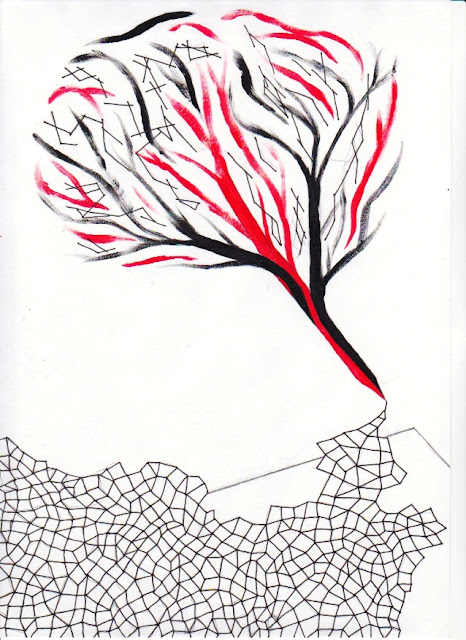Pipe Organ, (Photograph),
(2007) Retreived 30/03/20012 from http://www.fotopedia.com/items/flickr-712864714
This image is a useful reference as it provides a visual example of the detail and extravagance craftsmen put into their work at the time. This image shows the pipe organ in the Pilgrimage Church of Weis (German: Wieskirche) and is a perfect example of the flowing, feminine shell and plant forms used in this movement.
Website:
Scribd.com,(2011), The Baroque era, Retreived from http://www.scribd.com/doc/53055167/49/German-Rococo-Architecture-Interior-Design-and-Decoration
This website
is an extremely useful resource because it gives a complete and comprehensive
overview of the entire Baroque movement,
not just the German Rococo part. However the section on German Rococo is quite
large and does go into a lot of detail, such as influential artists and certain
motifs of the movement itself.
Journal:
Grill, K., Soultanian, J. & Wilmering M.(1990) The Conservation of the Seehof Furniture, Metropolitan Museum Journal, vol. 25, pp. 175-183
This journal article gives a specific overview of the Rococo
elements of a certain object, an armed chair, and this is what makes it such a
good resource. It shows how the movement influenced this one object and thus we
can understand how it would have influenced other objects that were similar in
any way.
Book:
Kontje, T.C., (2004), German Orientalisms, Ann Arbor: The University of Michigan Press
Kontje, T.C., (2004), German Orientalisms, Ann Arbor: The University of Michigan Press
This book focusses on the Oriental influences on the German
Rococo era, Specifically Chinese and Japanese influences as they were the
cultures that had the most influence on the movement as a whole. It goes into
detail of the porcelain from China and how it changed the shaping of pottery,
and into the way Japanese culture introduced a “breath of fresh air” when the
country opened its boarders to trade.
Blunt, A., (1978) Baroque & Rococo architecture & decoration, London: Elek
Edited Book:
Blunt, A., (1978) Baroque & Rococo architecture & decoration, London: Elek
This book
provides a great reference because it draws upon many different resources such
as journal articles and other books to provide a very detailed overview of the
Baroque, and in turn also Rococo movements. It provides different views and
opinion, providing a source that doesn’t necessarily side on either side of the
fence, both critiquing and praising the movement.





